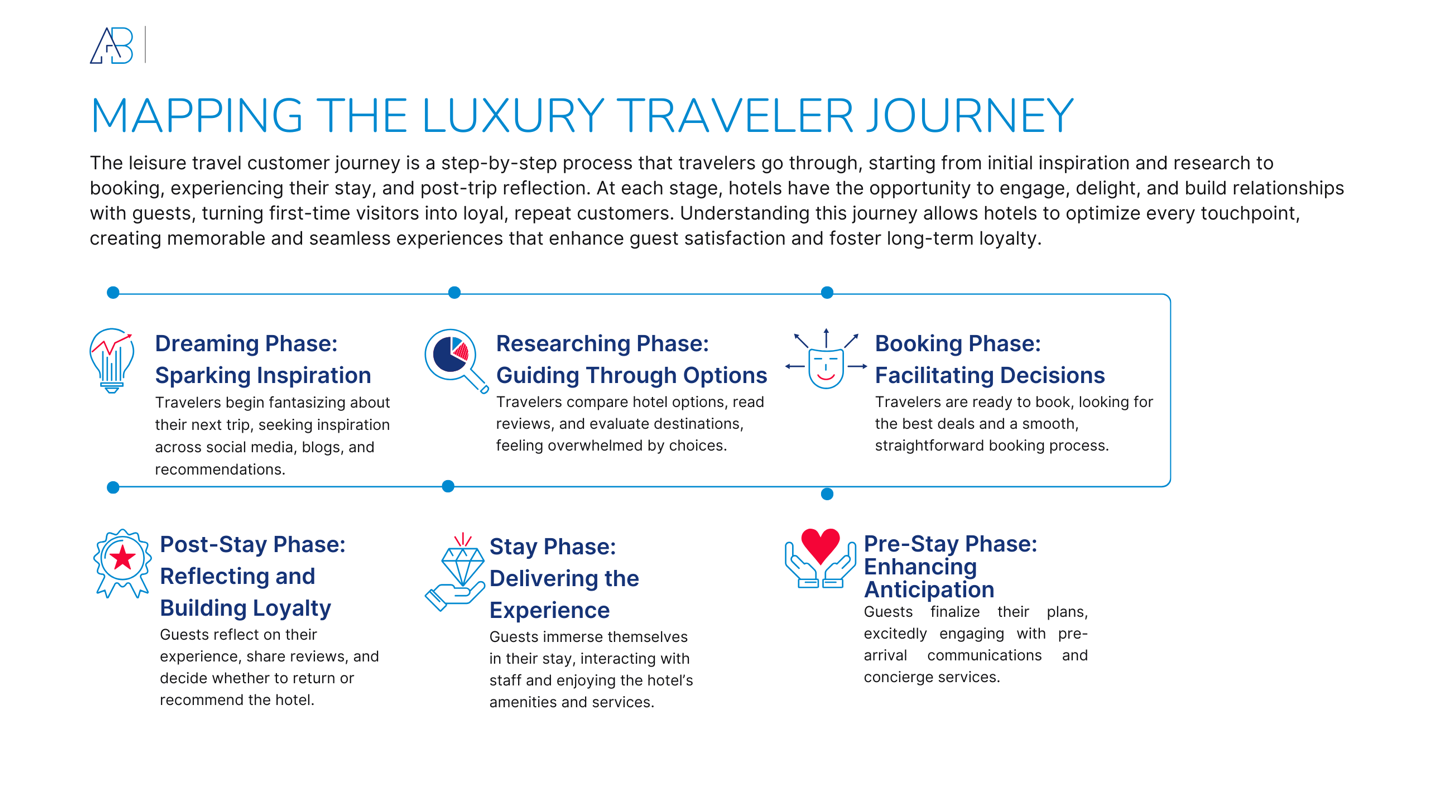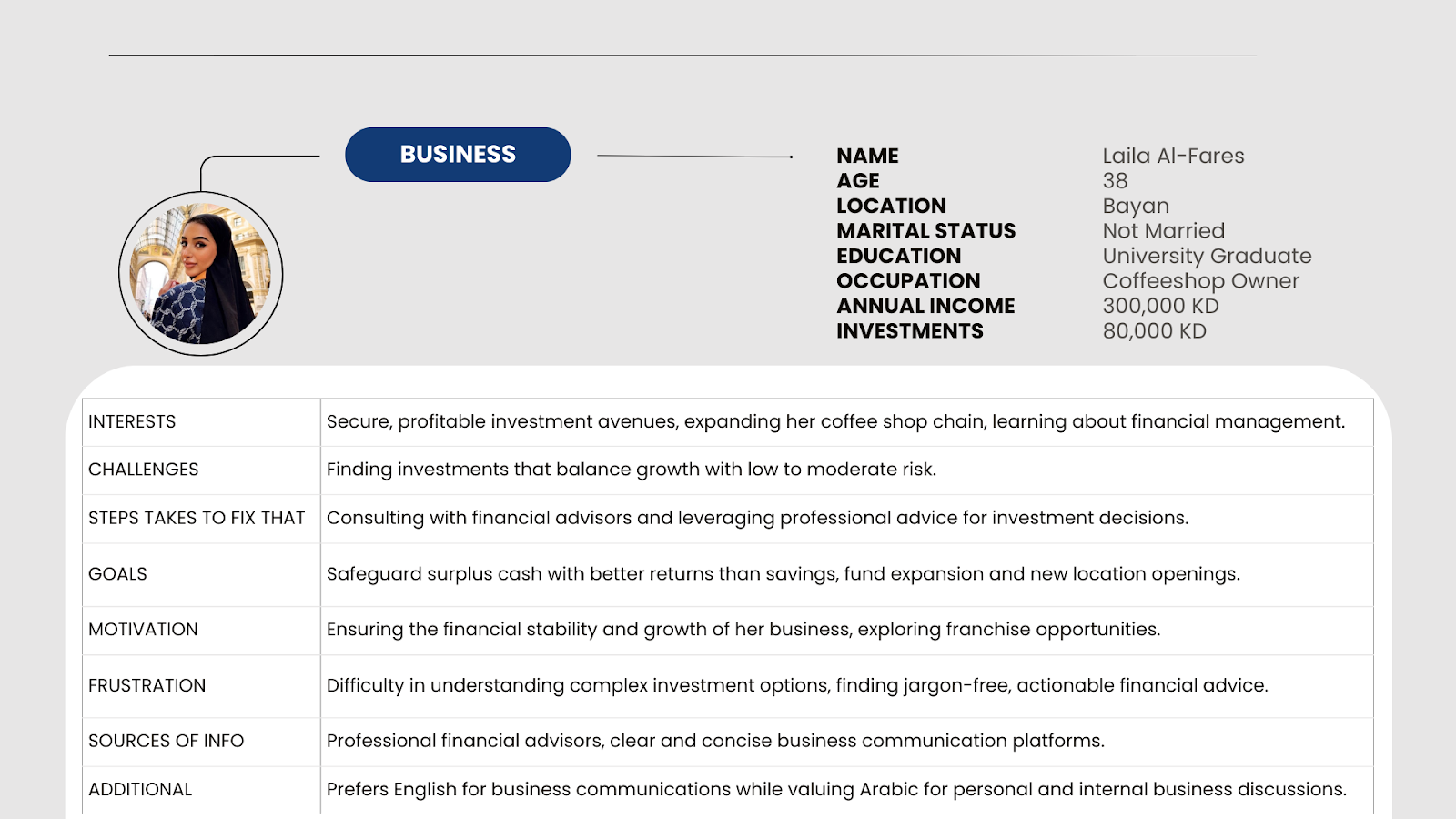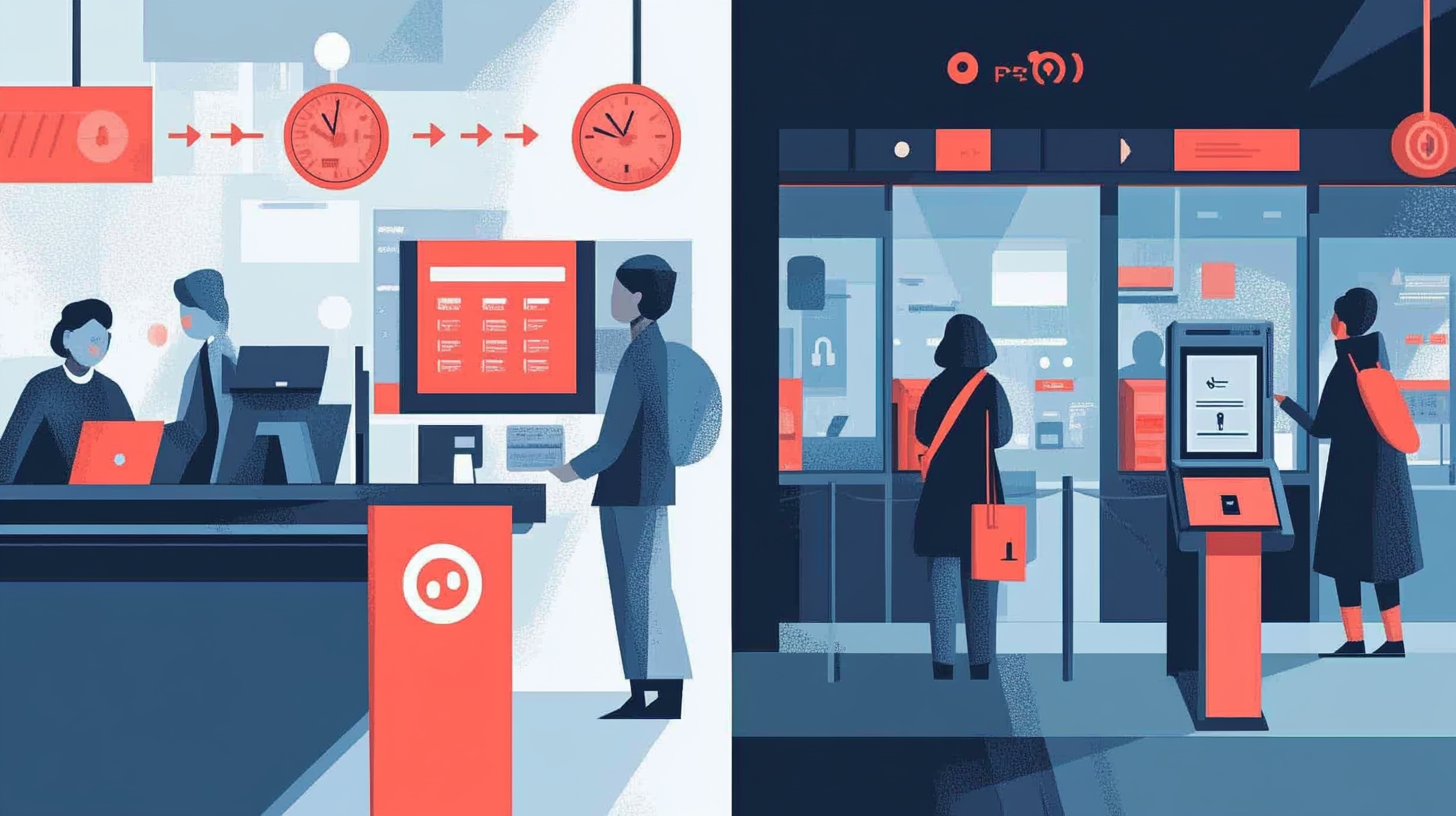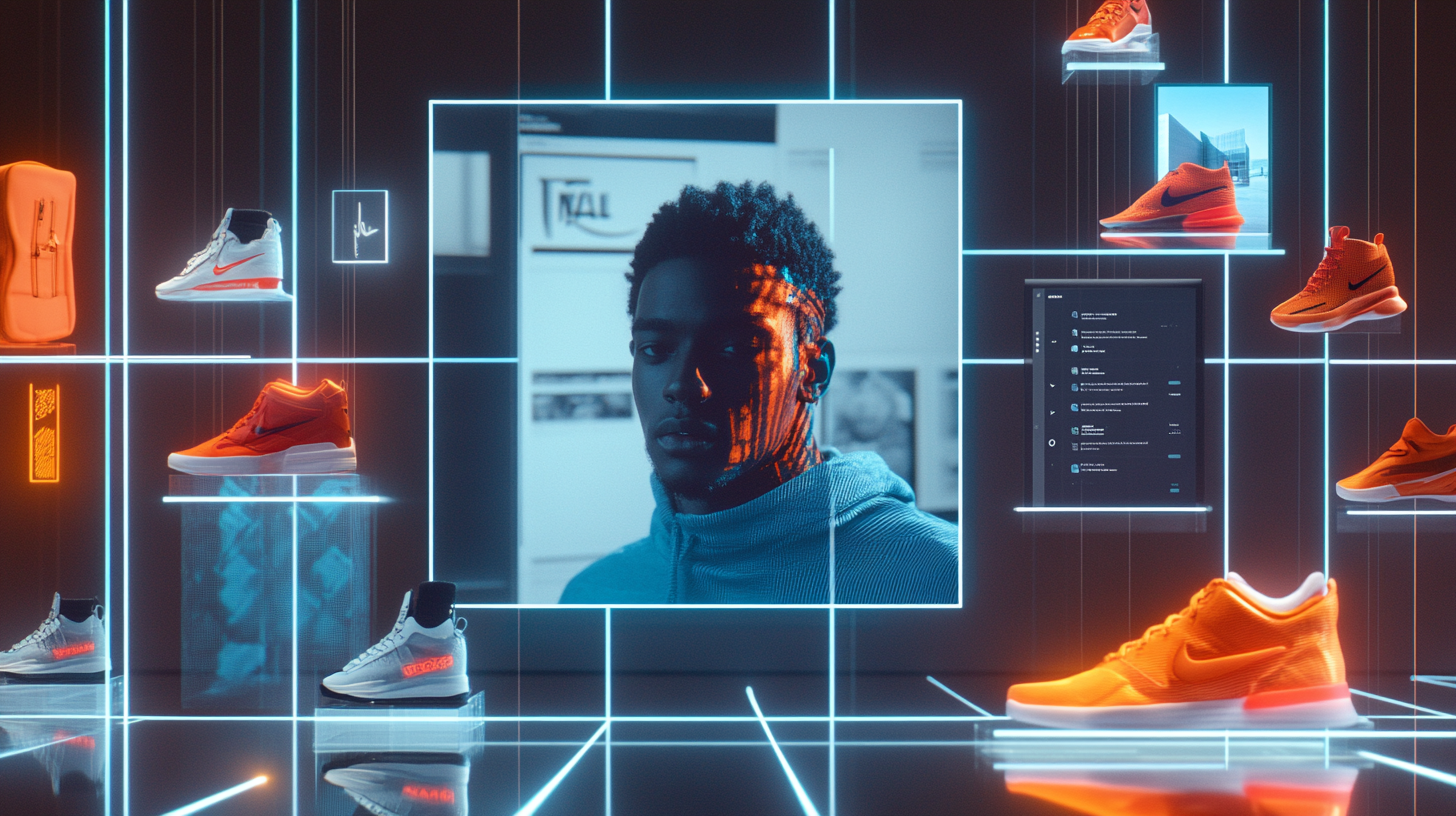The Ultimate Guide to Customer Journey Mapping: Craft Seamless Experiences for Products, Services, and Everything In Between
.png)
In today’s fast-paced, customer-centric world, the brands that succeed are those that truly understand their customers’ journeys, not just their transactions. Whether your business operates online, offline, or in a hybrid environment, customer journey mapping is a vital tool for creating memorable experiences, reducing friction, and driving long-term loyalty.
Below, you’ll find every facet of customer journey mapping, expanded with real-life examples, actionable strategies, statistics, and tools, making this the ultimate resource for mastering the art and science of journey mapping. By the end, you’ll be ready to craft exceptional experiences that transform casual browsers into loyal, vocal brand advocates.
Table of Contents
- Introduction to Customer Journey Mapping
- Why Customer Journey Mapping Matters
- Core Principles of Customer Journey Mapping
- Step-by-Step: How to Create a Customer Journey Map
- 4.1 Identify Key Touchpoints
- 4.2 Divide Into Phases
- 4.3 Develop Customer Personas
- 4.4 Map Emotions and Actions
- 4.5 Identify Pain Points
- 4.6 Design Solutions
- 4.7 Test and Iterate
- The Five (Key) Stages of the Customer Journey in Detail
- 5.1 Awareness
- 5.2 Consideration
- 5.3 Purchase
- 5.4 Retention
- 5.5 Advocacy
- Real-Life Examples of Brands Excelling at Each Stage
- Leveraging Technology for Enhanced Journey Mapping
- 7.1 CRM Systems and Analytics
- 7.2 AI and Personalization
- 7.3 Automation and Chatbots
- Scaling for Businesses of All Sizes
- 8.1 Small and Mid-Sized Businesses
- 8.2 Large Enterprises
- In-Person Journeys vs. Digital Journeys
- Tools and Technologies to Enhance Journey Mapping
- Common Mistakes to Avoid
- Tips for Ongoing Improvement
- Statistics That Prove the Power of a Great Customer Journey
14. Expanded Metrics: KPIs and How to Measure Success
15. Industry-Specific Insights
16. Deep Dive into Emotional Mapping

1. Introduction to Customer Journey Mapping
Customer journey mapping is the practice of visualizing every step a customer takes to interact with your brand. This includes their thoughts, emotions, actions, and challenges at each stage. Far from being just a flowchart or list of touchpoints, it’s about crafting a narrative that captures the human experience, both online and offline.
Coffee Shop Example:
- Awareness: A craving for coffee leads a customer to notice a local café on Google Maps.
- Consideration: The customer checks reviews online or sees an Instagram post about a new latte flavor.
- Purchase: They walk into the café and order a latte.
- Retention: They receive a loyalty stamp or a digital loyalty app prompt.
- Advocacy: They recommend the coffee shop to a friend or share it on social media.

2. Why Customer Journey Mapping Matters
- Align Teams and Objectives
A journey map ensures every department, Marketing, Sales, Customer Support, and Operations, operates with a unified vision of the customer experience. - Identify Hidden Friction
Mapping reveals drop-offs, complaints, or inefficiencies, giving clear targets for improvement.- Stat: 65% of customers say their experience with a brand is more influential than advertising.
- Enhance Satisfaction and Loyalty
Loyal customers become advocates, spending more over time and driving brand growth.- Stat: Companies leading in customer experience outperform their competitors by 80%.
- Drive Revenue Growth
Better experiences directly correlate with higher conversions, retention, and word-of-mouth marketing.

3. Core Principles of Customer Journey Mapping
- Empathy: Put yourself in your customers’ shoes to understand their needs and emotions.
- Data-Driven Insights: Base maps on real data, feedback, surveys, analytics, and behavior tracking.
- Holistic Perspective: Integrate both online and offline touchpoints for omnichannel consistency.
- Continual Improvement: Regularly update your map to keep pace with evolving customer expectations.

4. Step-by-Step: How to Create a Customer Journey Map
4.1 Identify Key Touchpoints
Begin by listing every interaction your customers have with your brand. This includes:
- Website visits and browsing
- Social media engagement (likes, shares, comments)
- In-store experiences (displays, staff interactions)
- Customer support (phone calls, live chat, email)
- Word-of-mouth recommendations
Tip: Don’t forget smaller interactions like automated emails, FAQ pages, or loyalty program prompts, these can reveal hidden friction or opportunities to delight.

4.2 Divide Into Phases
Group these touchpoints into the key phases customers typically move through: Awareness, Consideration, Purchase, Retention, and Advocacy. This structure helps teams see how each touchpoint connects to the broader journey.

4.3 Develop Customer Personas
Create fictional profiles representing your key customer segments. Each persona should include:
- Demographics (age, location, job role)
- Motivations (why they need your product/service)
- Pain Points (what frustrates them)
- Preferred Channels (in-store, mobile app, website)
Example Persona:
Name: Laila
Goal: Finding Investments
Pain Point: Difficulty in understanding complex options
Personas ensure you address the diverse goals and concerns of your real customers.

4.4 Map Emotions and Actions
Document what customers think, feel, and do at each phase. Recognize emotional states: are they curious, anxious, excited, or frustrated?
Real-Life Insight:
- Awareness: A potential buyer might be curious and research-oriented.
- Purchase: They could be anxious about payment security or shipping delays.
Emotional cues guide you to areas needing refinement or encouragement.

4.5 Identify Pain Points
Look for repetitive negative experiences, whether it’s a glitchy mobile site, a confusing store layout, or unresponsive customer service channels. Pain points are where customers drop off or feel dissatisfied.
Hotel Check-In Example:
Multiple complaints about long lines or complicated check-in procedures indicate a critical bottleneck, prompting the need for online check-in or kiosk solutions.
4.6 Design Solutions
Brainstorm fixes for each identified issue. Sometimes the solution is tech-based (e.g., simplifying your checkout flow), other times it may be operational (improving staff training).
Pro Tip:
Focus on root causes rather than surface-level symptoms. If 30% of calls are about unclear product specs, upgrading product descriptions or providing clear comparison charts might be more effective than simply adding more call center agents.
4.7 Test and Iterate
Run small-scale tests (like A/B testing on your website or pilot programs in-store). Gather feedback, analyze metrics (e.g., Net Promoter Score, conversion rates), and refine your solutions accordingly.
Customer behaviors evolve, and so should your map—treat it as a living document.
5. The Five (Key) Stages of the Customer Journey in Detail

5.1 Awareness
What Happens Here?
Customers discover your brand, possibly for the first time. They might see an online ad, hear about you from a friend, or come across a blog post mentioning your product.
Key Tactics
- SEO-Optimized Content to rank for relevant searches.
- Paid Advertising on Google or social media.
- Event Marketing (webinars, sampling stands, in-store demos).
Stat: 81% of consumers research online before making a purchase.

5.2 Consideration
What Happens Here?
Customers compare your product/service to alternatives. They read reviews, check ratings, or test products in-store.
Key Tactics
- Testimonials & Reviews on your website or third-party platforms.
- Comparison Tools to show why your offering stands out.
- Transparent Pricing so buyers understand total costs upfront.
Stat: 93% of consumers read reviews before buying.

5.3 Purchase
What Happens Here?
This is the “moment of truth,” where the customer decides to buy (or book, or subscribe).
Key Tactics
- Streamlined Checkout (minimize steps, multiple payment options).
- Real-Time Support (live chat or phone) to handle last-minute queries.
- One-Click Buy or mobile payment solutions to reduce friction.
Stat: 70% of shopping carts are abandoned due to complex checkout processes.

5.4 Retention
What Happens Here?
Customers have already purchased. Now, the aim is to keep them engaged and returning for more.
Key Tactics
- Loyalty Programs: Offer points, discounts, or special perks.
- Personalized Follow-Ups: “How was your product?” or “Here’s what you might like next.”
- Proactive Customer Support: Email or app notifications for maintenance, replenishment, or upcoming deals.
Stat: A 5% increase in customer retention can boost profits by 25–95%.

5.5 Advocacy
What Happens Here?
Customers who love your brand start telling others—sharing on social media, leaving reviews, or giving direct referrals.
Key Tactics
- Referral Programs: Incentivize both referrer and referee.
- User-Generated Content: Encourage customers to post photos, reviews, or videos.
- Social Media Engagement: Respond to and highlight customer praise or success stories.
Stat: 92% of consumers trust referrals from people they know.

6. Real-Life Examples of Brands Excelling at Each Stage
- Awareness – Nike
- Nike’s Instagram campaigns and compelling storytelling draw millions of new eyes each month.
- Consideration – Amazon
- Known for robust review systems and detailed product descriptions, Amazon makes it easy to compare and decide.
- Purchase – Apple
- Apple’s one-click checkout simplifies purchasing and reduces friction for loyal customers.
- Retention – Netflix
- Personalized recommendations based on viewer data keep users hooked and less likely to cancel.
- Advocacy – Dropbox
- A famous referral program offered mutual storage bonuses, growing its user base by 60% in a short time.

7. Leveraging Technology for Enhanced Journey Mapping
7.1 CRM Systems and Analytics
Tools like Salesforce, HubSpot, or Microsoft Dynamics centralize customer data, track interactions, and provide insights for targeted marketing or support.
7.2 AI and Personalization
- Predictive Analytics: Anticipate churn or identify upsell opportunities.
- Recommendation Engines: Suggest relevant products or content, as Netflix does with movies and shows.
7.3 Automation and Chatbots
- Chatbots offer 24/7 support, handle routine queries, and escalate complex issues to human agents.
- Automated Email Flows can welcome new sign-ups, nurture leads, or follow up on abandoned carts.
8. Scaling for Businesses of All Sizes
8.1 Small and Mid-Sized Businesses
- Resource Focus: Prioritize the most critical touchpoints that drive significant revenue or brand reputation.
- Low-Cost Tools: Use Google Analytics, Hotjar, or free CRM tiers to gather data.
- Agile Iteration: Smaller teams can implement feedback quickly.
8.2 Large Enterprises
- Complex Structures: Multiple departments, global locations, varied product lines require consistent frameworks.
- Advanced Data Integration: Enterprise-level CRMs and AI-driven analytics unify data across channels.
- Cross-Functional Collaboration: Marketing, Sales, Ops, Product, and CS must align around a central journey map.

9. In-Person Journeys vs. Digital Journeys
Modern customers seamlessly switch between online and offline channels. A typical shopper might see your Instagram post, visit your store to try a product, and then complete the purchase online.
- In-Person: Focus on store layout, signage, staff training, wait times, and ambiance.
- Digital: Optimize website UX, minimize checkout friction, ensure fast load times, and offer mobile compatibility.
- Omnichannel Consistency: A brand like Apple mirrors its digital experience with in-store genius bars, consistent design, and well-trained staff, ensuring a cohesive brand identity.
10. Tools and Technologies to Enhance Journey Mapping
While we’ve touched on CRMs and analytics, here are a few specific tools that can help:
- Hotjar: Provides heatmaps and behavior analytics to see how users interact with your site.
- Salesforce CRM: A robust solution for tracking customer engagements across multiple channels.
- AI Tools (e.g., IBM Watson, Google Cloud AI): Offer predictive insights and automated content personalization.
- SurveyMonkey / Typeform: Gather ongoing feedback at various points in the journey.

11. Common Mistakes to Avoid
- Ignoring Offline Touchpoints: Even purely digital brands may have events or phone support.
- Overcomplicating the Map: Too many touchpoints or excessive detail can muddy insights.
- Failure to Update: As markets and tech evolve, your journey map must evolve, too.
- Treating Journey Mapping as a One-Time Task: Continuously refine; don’t just file it away.
- Not Listening to Frontline Teams: Store clerks, call-center reps, and social media managers often have the most direct insights.
12. Tips for Ongoing Improvement
- Surveys and NPS: Ask customers to rate their experience post-purchase.
- A/B Testing: Continually refine website or store layouts.
- Regular Team Check-Ins: Marketing, Sales, and Support should compare notes on a set schedule.
- Empower Frontline Staff: They’re your eyes and ears for real-time customer reactions.
13. Statistics That Prove the Power of a Great Customer Journey
- Customers who have positive experiences spend 140% more than those who report negative ones.
- 89% of companies compete primarily on customer experience.
- 70% of purchasing experiences are based on how the customer feels they are being treated
- Companies that blog receive 55% more website visitors.
- Simplifying payment options can increase conversions by 35%.
These figures underscore that great customer experiences are not just good for your reputation, they’re a direct driver of growth and revenue.

14. Expanded Metrics: KPIs and How to Measure Success
To ensure your customer journey mapping efforts lead to tangible improvements, track Key Performance Indicators (KPIs) at each phase. Here are real-data metrics you can use:
- Awareness Phase
- Website Bounce Rate: A high bounce rate (over 70% for most industries) suggests users aren’t finding relevant content.
- Cost Per Click (CPC) on Paid Ads: Helps you optimize your ad spend.
- Social Media Engagement Rate: 1–3% is average for many platforms; higher indicates strong brand interest.
- Consideration Phase
- Time on Page / Session Duration: If users spend significant time (e.g., 2+ minutes) on product pages, they’re comparing features.
- Click-Through Rate (CTR) on Emails or Promotional Material: A CTR of 2–5% is healthy for many industries.
- Demo Requests / Sample Requests: Count how many prospects move from curiosity to hands-on evaluation.
- Purchase Phase
- Conversion Rate: E-commerce sites average 2–3%. If you’re below this, investigate friction points.
- Average Order Value (AOV): Track how much customers spend on each purchase. Rising AOV signals effective upselling.
- Cart Abandonment Rate: A high rate (above 65%) indicates potential checkout complexity or shipping cost issues.
- Retention Phase
- Customer Lifetime Value (CLV): Measures total revenue from a single customer over the relationship lifetime.
- Repeat Purchase Rate: For many retail brands, 20–40% is a strong repeat rate.
- Net Promoter Score (NPS): Scores above 50 are considered excellent and indicate strong brand loyalty.
- Advocacy Phase
- Referral Rate: The percentage of new customers who come from existing customer referrals.
- User-Generated Content (UGC) Volume: A surge in mentions, posts, and tags shows rising brand enthusiasm.
- Review Quantity & Quality: An increase in 4- or 5-star reviews across platforms (Google, Yelp, G2) can bolster your reputation.
By monitoring these KPIs regularly, you can pinpoint which stages need optimization, allocate resources effectively, and validate whether the solutions you implement are truly making a difference.

15. Industry-Specific Insights
While the core principles of customer journey mapping remain consistent, certain nuances apply to different sectors. Here are some industry-focused recommendations:
- Retail
- Omnichannel Focus: Synchronize online and in-store promotions so customers see consistent pricing and offers.
- Store Layout Optimization: Use footfall analytics to guide store designs and reduce checkout queues.
- SaaS
- User Onboarding: A frictionless onboarding process significantly boosts retention.
- Freemium vs. Paid Conversions: Track how many free-trial users convert to paid plans, and optimize product tutorials or drip campaigns accordingly.
- Hospitality (Hotels, Restaurants, Travel)
- Check-In Efficiency: Long lines or complicated check-in can sour the entire stay. Kiosks or mobile apps help expedite.
- Guest Feedback: Encourage real-time feedback (e.g., post-dining surveys, app push notifications) to address issues before they escalate.
- Healthcare
- Appointment Scheduling: Online booking tools can reduce phone wait times and scheduling errors.
- Patient Experience Surveys: Immediate feedback helps identify communication gaps or long wait issues.
By tailoring your journey map to these industry-specific concerns, you’ll create more relevant solutions, increase customer satisfaction, and differentiate your brand from competitors.
16. Deep Dive into Emotional Mapping
Emotions heavily influence decision-making. By drilling deeper into how customers feel at each stage, you can:
- Spot Triggers That Cause Drop-Off:
- Example: A high-end fashion retailer discovered anxiety around sizing, leading to high return rates. They introduced a virtual fitting tool that reduced returns by 15%.
- Personalize Interactions:
- Example: An airline noticed travelers often felt anxious pre-flight. They sent friendly reminders about boarding times and seat upgrades, improving satisfaction scores by 20%.
- Turn Pain Points into Opportunities:
- Example: A SaaS company found that frustrated trial users needed more in-app tooltips. After implementing a guided product tour, free-trial conversions rose by 25%.
Tips for Effective Emotional Mapping
- Conduct In-Depth Interviews: Go beyond surface surveys. Ask customers how they felt at specific moments to uncover hidden frustrations or delights.
- Use Sentiment Analysis: Scrape social media comments, reviews, and call transcripts to identify patterns in sentiment (positive, negative, neutral).
- Implement Real-Time Feedback Loops: Tools like exit-intent pop-ups or kiosk surveys capture the emotional state as it happens, providing more accurate data.
When brands proactively address emotional nuances, they transform potentially negative experiences into moments of empathy and connection—laying the groundwork for higher loyalty and advocacy.
Conclusion
Customer journey mapping is the cornerstone of a customer-centric strategy. By understanding every interaction, whether digital or in-person, you can design seamless experiences that eliminate friction, exceed expectations, and create loyal advocates.
At Ali Bahbahani & Partners, we specialize in crafting data-driven customer journey maps tailored to your business needs. Whether you operate a boutique store, an e-commerce platform, or a global enterprise, we ensure every touchpoint is optimized for success.
Master each phase, from Awareness to Advocacy, and position your brand as a trusted industry leader. By keeping your map updated, leveraging technology, and prioritizing customer needs, you’ll not only enhance loyalty but also drive long-term growth. Remember, customer journey mapping is more than a tool, it’s a commitment to listening, innovating, and delighting your customers at every step.

.webp)
.png)
